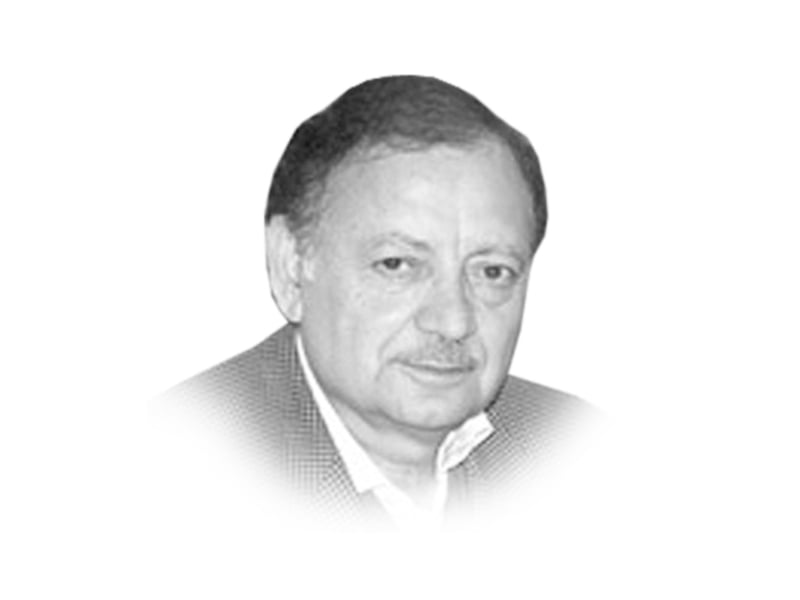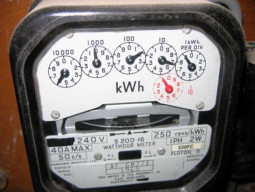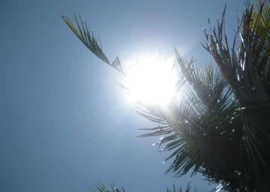
First of all, this has been a unique agitation. The anti-Ayub, anti-Bhutto, anti-Zia and anti-Musharraf movements engulfed the whole nation, mobilised millions of people across the country and churned out a clear political message: the three generals were no more tolerated after a decade each of authoritarian and illegitimate rule. ZA Bhutto had alienated too many political forces –- army, bureaucracy, ulema, ethnic groups across the Indus and Big Business. His victory in the 1977 elections was successfully rendered controversial.
But the PTI-PAT street agitation in August -September 2014 has shaken the ruling circles without mobilising the nation at large. The three provinces of Sindh, Khyber- Pakhtunkhwa and Balochistan have been hardly part of the agitation. Only Punjab, where Imran Khan won many assembly seats in 2013 became the catchment area for the PTI demonstrators. The rest of the country displayed no popular movement against Nawaz Sharif. What rendered the prime minister so powerless?
First, the PML-N government had lost the moral edge after the crackdown on the PAT office in Model Town, Lahore, earlier this year. In this vacuum of moral authority, Tahirul Qadri, Imran Khan and Chaudhary brothers were able to make a political capital out of the tragedy.
All along, the PML-N government, various opposition parties, and a part of the intelligentsia had generally cultivated the image of Imran Khan as the establishment’s new face. Imran fiercely opposed this profile on TV channels. But that image stuck. It sapped the energy of the government. Moreover, the ability of the PTI leadership to forge an alliance with the PAT doubled the number of people on the street. Qadri, unlike Imran Khan, had no representation in Parliament, and had a committed sectarian following. He was not constrained by any party discipline, or the pressure of an electoral constituency or the parliamentary rules of game.
Qadri introduced hyperbole, contentious idiom and do-or-die frame of thinking in the political discourse in a Messianic way. He indulged in the dichotomy of good and evil, like Moses and Pharaoh, and attributed the latter’s role to Sharif brothers. He drifted away from the institutional world of contemporary politics in Lahore and Islamabad into a world of make-believe characterised by oratory, self-indulgence and a grossly insular worldview.
As Imran Khan and Tahirul Qadri delivered hate speech against the system and personal attacks on the PML-N leadership, they increasingly used a non-parliamentary idiom. The crowds gradually thinned out of exhaustion and cluelessness. The ruling set-up took inordinately long time in responding to the challenge. It moved sluggishly beyond a mere administrative approach to bring the fellow parliamentarians on board who started shuttle diplomacy with the two mavericks. “Go Nawaz go” remained the mantra for both, that pushed them into a blind alley.
The undercurrent of tense civil-military relations provided a lot of room for speculation. The government’s perceived inability to contain the agitation and its retreat inside the Red Zone fuelled rumours about the COAS asking the prime minister to resign. The ISPR sought to openly ‘correct’ the latter’s message delivered in parliament about the proposal of a meeting between the COAS and the two leaders engaged in the sit-in outside Parliament. In a parallel move, the corps commanders’ meeting produced a warning against the use of force against the demonstrators.
The emboldened Imran Khan was all set for a change at top of the ruling set-up. The PTI MNAs tendered their resignations from the National Assembly to both de-legitimise this Parliament and push for mid-term elections. The PML-N government was under extreme pressure from the negative impact of the lingering issue of filing an FIR about the Model Town killings, the fear of another warning from the establishment and the spectre of increasing violence on the street.
Javed Hashmi’s defection from the PTI was a game-changer. The PTI leader’s legitimacy as a person unto himself and not an instrument in the hands of extra-parliamentary forces suffered a setback. The allegation about Qadri’s co-option by Imran at the behest of the powers that be further damaged the former’s moral standing. Most of all, the ISPR felt obliged to clear the name of the army as a sponsor of the PTI-PAT movement. The establishment was finally put on the defensive that symbolised the turn of the tide.
Imran Khan changed the strategy once again and sent his MNAs to the joint session of parliament, where the PTI’s resignations still awaited acceptance. Shah Mehmud Qureshi’s articulate but hollow speech led to nowhere. Only, it further ignited anger among MNAs, who were agitated by the siege of the Parliament House. However, the joint session of Parliament brought Nawaz Sharif back to the centre of the stage. His ‘victory’ lay in the comprehensive support of the political class that belonged to all the major parties.
Politicians found in Nawaz Sharif not only the Leader of the House but a symbol of democracy in the face of two imagined or real challenges: one, from the PTI-PAT agitators gathered outside the Parliament House and two, from the establishment whose intervention was wildly speculated in the media.
However, the cause of unity of the political class in defence of democracy suffered a setback due to the sudden outburst of the Interior Minister Chaudhary Nisar Ali Khan against the PPP’s Aitzaz Ahsan and the latter’s stern reply on the floor of Parliament. Nawaz Sharif now faced the challenge of keeping his own house in order. Have all the stakeholders in and out of Parliament lost in one way or the other?
Published in The Express Tribune, September 16th, 2014.
Like Opinion & Editorial on Facebook, follow @ETOpEd on Twitter to receive all updates on all our daily pieces.


















COMMENTS
Comments are moderated and generally will be posted if they are on-topic and not abusive.
For more information, please see our Comments FAQ